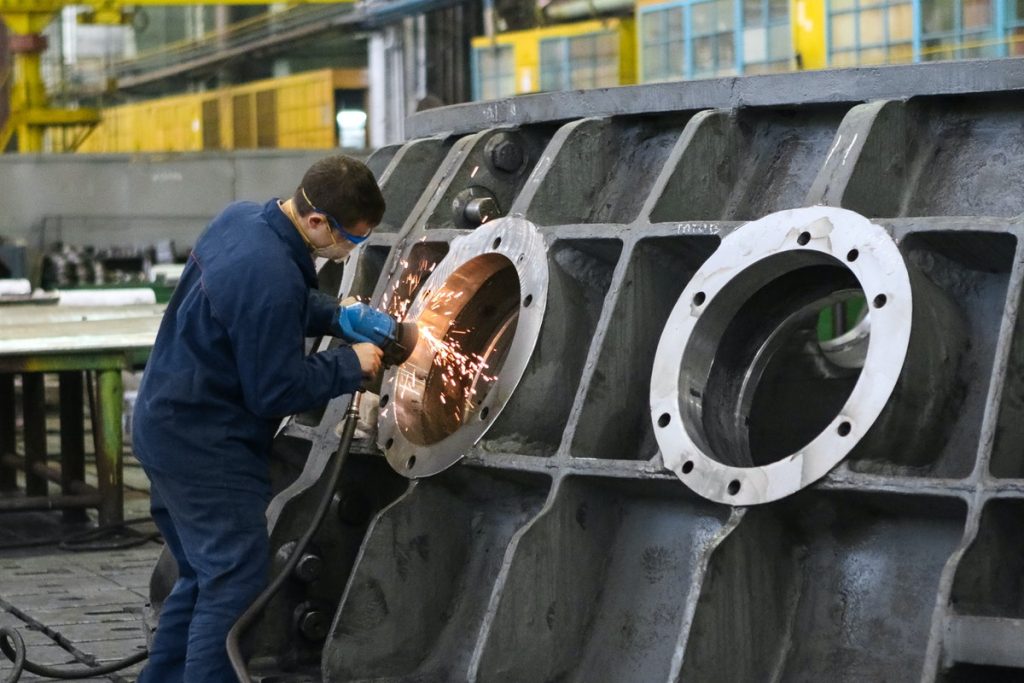Whether you’re looking to open a brick-and-mortar store or just want to expand your reach, having a factory for your business is a great way to increase production and save money. Building a sustainable factory requires more than just selecting the right location and buying the right equipment; it also involves ensuring that production’s environmental costs are kept as low as possible. Read on for some tips on how to build one.
Invest in Sustainable Materials
When building your factory, invest in sustainable materials whenever possible. This means purchasing materials from sources that are certified by organizations like the Forestry Stewardship Council (FSC).
For example, if you’re building a factory and need to purchase lumber, look for wood that’s certified by the FSC. This certification ensures that the wood has been harvested in an environmentally responsible way and helps reduce deforestation.
Additionally, look for materials made with recycled content or materials that can be recycled after use. Doing so will help reduce your overall environmental impact while ensuring you get quality materials.
Choose Energy Efficient Equipment
When choosing equipment for your new factory, try to select energy-efficient models that have been certified by an organization like ENERGY STAR®<. This will help you save money in the long run while reducing your environmental footprint. If possible, you should also consider installing solar panels and other renewable energy sources to power the facility. This will help reduce your reliance on traditional energy sources while providing an additional source of income through the sale of excess energy back into the grid. Similarly, look for ways to reduce your water usage by investing in water-efficient equipment and adopting eco-friendly practices, like reusing wastewater.
Hire Professional Engineers
If you’re not sure how to best optimize your factory for sustainability, it’s a good idea to hire trusted industrial engineering consulting services. They will be able to evaluate the design of your facility and recommend ways to reduce its environmental impact while ensuring that it meets all industry standards.
They can also help you find the most cost-effective solutions to reduce your overall energy and water consumption, helping you save money in the long run. For instance, they can recommend a more efficient lighting system or help you install energy-efficient appliances.
Moreover, they can help you develop a comprehensive sustainability plan that outlines all the steps you need to take to achieve your green goals.

Utilize Smart Manufacturing Practices
Smart manufacturing practices can help optimize production processes and reduce waste at every step of the process, from raw material input through final product output. By utilizing smart manufacturing practices such as integrated systems and automation, you can ensure that all steps in the process are optimized for efficiency and sustainability without sacrificing quality or throughput times.
For example, robotic arms can help reduce the manual labor needed for specific tasks, improving efficiency and cost savings. Additionally, utilizing predictive analytics can help you identify areas where processes need to be tweaked to maximize energy and resource efficiency.
Additionally, investing in data-driven decision-making tools can help you identify areas where improvements can be made throughout the production cycle—from sourcing raw materials to delivering finished goods—to further reduce waste and improve efficiency across all aspects of operations.
Monitor Environmental Impact
As your factory grows, it’s crucial to monitor its environmental impact over time so you can continue to make improvements where needed.
You should also consider regularly auditing your facility’s environmental performance against local regulations and industry standards such as ISO 14000 or EMAS< certification so you can identify potential areas of noncompliance before they become serious problems. By monitoring environmental impact regularly, you'll be able to quickly identify any issues before they become significant problems and adjust operations accordingly to maintain compliance with industry standards and local regulations over time.
Consider Offsetting Emissions
Finally, consider offsetting emissions from your factory operations by investing in carbon credits or other projects focused on mitigating climate change impacts, such as reforestation or renewable energy projects like wind farms or solar installations.
Not only will this help reduce emissions from your own operations, but it will also provide an additional source of revenue as well since many carbon credits are eligible for sale back into markets either domestically or internationally, depending on local regulations.
Furthermore, investing in emissions offsets demonstrates corporate social responsibility, which may be attractive both from a marketing perspective and from an employee morale standpoint since many employees appreciate working for companies with strong corporate social responsibility (CSR) initiatives.
Building a sustainable factory isn’t an easy task, but with careful planning, it is achievable! Investing in sustainable materials, choosing energy-efficient equipment, hiring professional engineers, utilizing smart manufacturing practices, monitoring environmental impact regularly, and considering offsetting emissions when possible can ensure that both cost savings and environmental protection goals are met throughout all stages of production at your facility! With these tips under your belt, you’ll be well on your way toward building a successful sustainable business!



